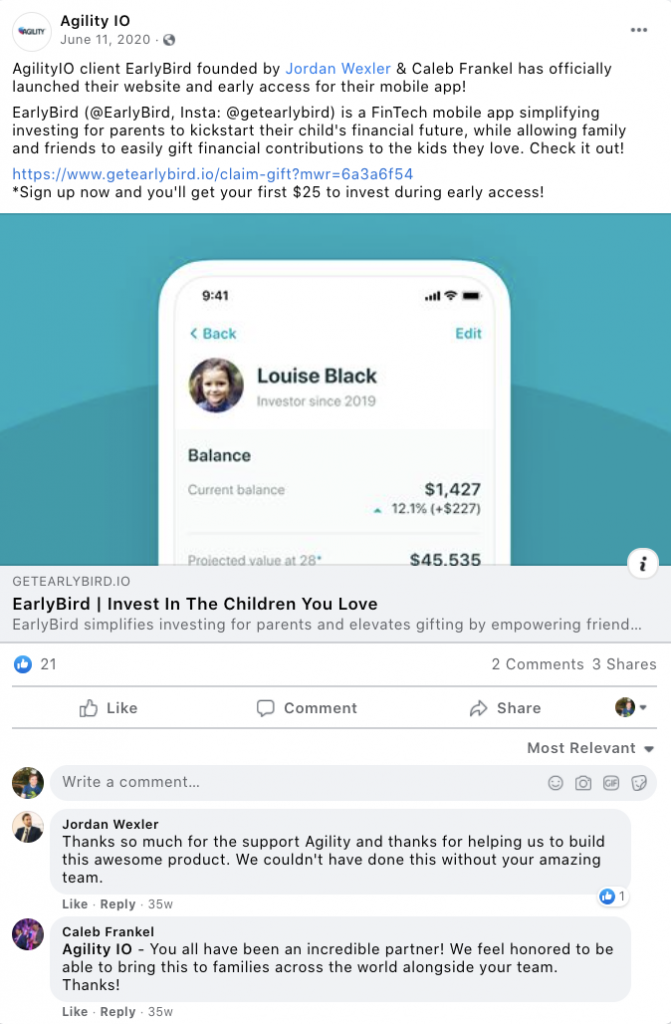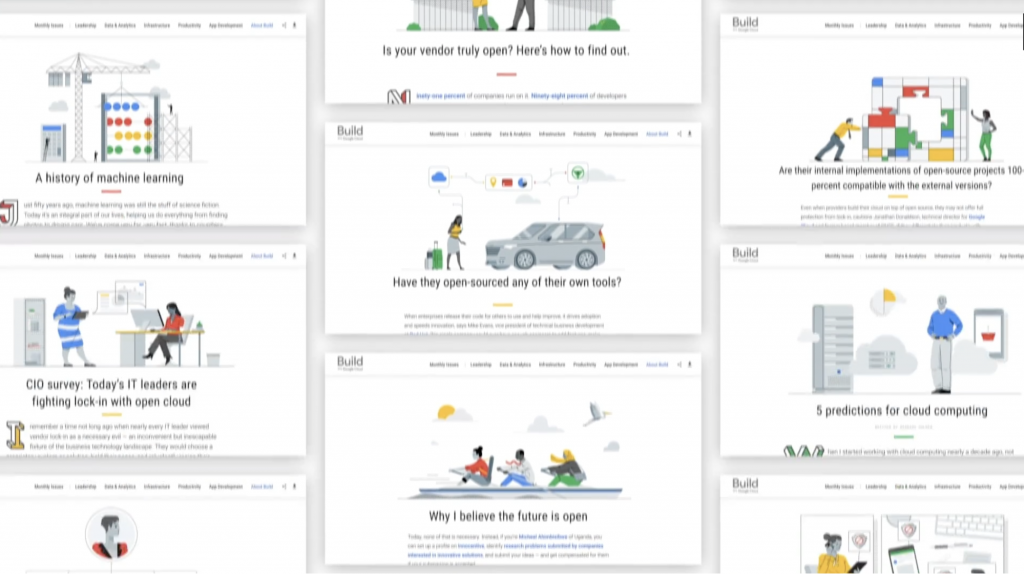Branding for Web Designers: How to Create a Brand for Your Design Business

Creating a recognizable, memorable brand is challenging for nearly any business. Branding can make or break a company. If your brand is forgettable, you can kiss your customers goodbye.
The stakes are high for creating a winning brand. However, web design companies have little-to-no room for error for their personal company’s own brand.
Would you hire a web designer that didn’t have an engaging site with a cohesive brand? Probably not. Bringing brands to life through site design is why their clients hire them. If their brand is poor, what does it say about their service?
That’s why branding for web designers is critical. But where should you start? Perhaps you’ve finished your business registration and now you’re wondering how to put the best foot forward to acquire customers.
In this post, I’ll cover exactly what you need to do to create a winning brand for your design business. Before I dive in, let’s take a look at the core components of a brand.
The Core Components of a Brand
A brand is your logo, name, mission, and product differentiator coupled with customer perception. It isn’t enough to just have a flashy logo and consider that your brand.
You need to infuse your values, mission, and overall identity into every aspect of your business. If you do, your brand will make your company distinct and set you apart from competitors.
This isn’t easy, and many companies often fail to execute a comprehensive, cohesive brand. Where should you start?
Focus on these core components:
- Design — This includes your logo, colors, font style
- Messaging — This includes your tone and copywriting style
- Customer Experience — This includes your buyers’ journey
Your brand is all-encompassing. It includes parts of your design, messaging, and customer experience all wrapped into one.
That’s why you need to carefully build it with each of those in mind at every step.
Let’s take a look at the three critical steps for creating a brand for your design business.
1. Start with your mission and values
Think about your company’s mission and values. What stands out?
Your brand identity should be formed with these ideals at its core. These elements will inform every aspect of your brand.
From your brand’s design to the overarching tone in all your messaging, everything should point back to your mission and values.
Take Rachel Cheng for example. Her mission as a designer is to “use design as a gateway to translate problems into empowering humanistic opportunities.”
Rachel’s website places an emphasis on the art of the human touch through her imagery and messaging. She has a looping GIF of herself playing on her About page, and she leverages casual copy as if she is speaking directly to you.

In this way, she is bringing her brand of “empowering humanistic opportunities” to life.
This is just one example of how vision plays a role in brand. Let’s take a look at how your brand identity comes to life through design.
2. Create meaningful design elements
Now that you know what your company stands for, it is time to consider how you can portray that through iconic design elements.
These should include:
- Logo
- Brand colors
- Font styles
- Website
When you’re designing those elements, consider how you can visually depict your mission statement throughout your value chain.
Logo creation can be daunting, but don’t fret if logo design isn’t your specialty.
There’s always time to learn new skills to bring your brand to life, even if it’s something outside of your degree or background with online universities. Some logos are simple and still effective, too.
For example, Toy Fight is a design agency that partners with brands to “create exciting and meaningful experiences.”
Thus, they needed to make their brand “exciting and meaningful.” They seem to have accomplished that from the moment you visit their site:

The bold colors mixed with model toys and excess space create a memorable user experience.
In addition, the logo is simple but has the outline of a shield that connects back to the name Toy Fight.
The boldness of the imagery, colors, logo, and font reinforce Toy Fight’s commitment to making exciting and memorable brands for their clients.
3. Share the right content in the right tone
Messaging includes what you say and how you say it.
Consider how your website copy, email communications with clients, and even marketing promotional copy will reflect your brand.
In addition, the content that you share should highlight your values and your work.
For example, look at how web design company Agility IO promotes their client EarlyBird on their social media:

Agility IO’s copy is fun and supportive, positioning the company as true partners to EarlyBird.
By sharing this, they showcased their creative work to their audiences and even earned a testimonial in the process.
Two members of EarlyBird’s team commented on the post, sharing their enthusiasm for Agility IO’s work on their website.
4. Integrate your brand throughout your UX
Your brand needs to be natively integrated throughout every aspect of your user experience. In other words, it needs to be cohesive.
A potential customer shouldn’t visit your site and see bold, bright colors only to discover a timid, relaxed copy in your email communications.
Every part of the user experience — from your digital footprint to your in-person execution — needs to be unified under the same brand. But how?
Tell a story. You have your mission and values. You have your design and messaging. Now you need to connect the dots to bring everything together.
One way to do this is with a corporate video that showcases your brand story and highlights your clients. Take a look at Bynd’s sizzle reel:

The video showcases Bynd’s clients as well as the agency’s overall brand with prominent features of their logo, fonts, and colors.
This is an excellent way to tie together your brand with your work and highlight existing business at the same time.
Making it memorable
It isn’t enough to just create a website to feature your existing work. You need to create a brand and bring it to life on your site.
To accomplish this, focus on the design, messaging and customer experience. Start with your values, create meaningful design elements, and share the right content in the right tone. Then, channel your brand through all aspects of your customer experience.
By doing so, you’ll create a memorable and unforgettable business that will attract and resonate with your target clients.
Photo by LUM3N on Unsplash